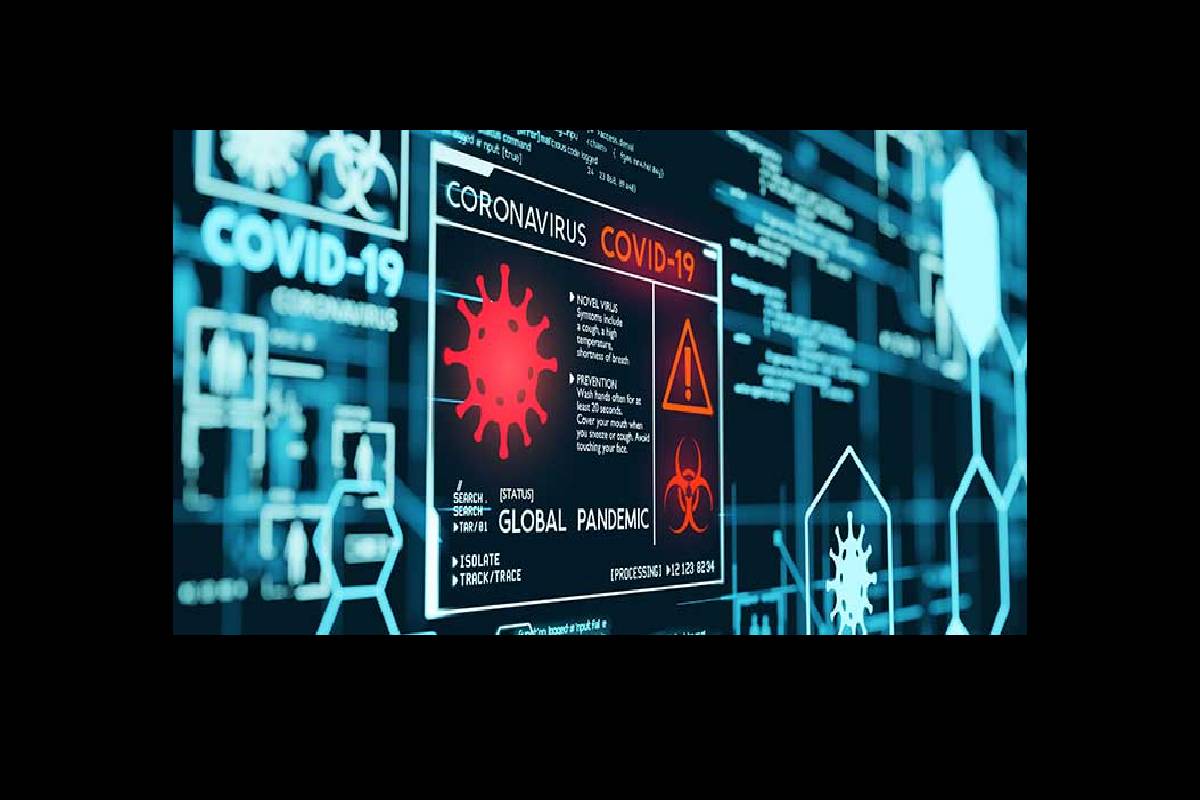Coronavirus has definitely turned the world on its head, changing how we do things at least for the time being.
While work from home becomes the new office culture, masks and sanitizers become our new accessories.
Before the COVID-19 pandemic hit the streets, we were already relying on machines and the digital ecosystem for most of our needs.
But as soon as physical restrictions and social distancing norms were applied to us, our use of technology became ever so high and important.
Just like face shields save us from getting infected, cybersecurity saves us from cyber threats.
This article will deal with the relationship between coronavirus and cybersecurity and how the pandemic has shaped or transformed cybersecurity in general.
Table of Contents
The perils of working from home:
Working from home is surely a convenience for some but it is mostly a compulsion for organizations.
While some companies are seriously considering this as a healthier alternative for many of their employees, most companies cannot afford to do so.
Working from home brings its own package of threats. Here, we will discuss those cyber threats in suitable detail:
1. New network defense strategies:
- Cybersecurity experts are losing their heads over the new threats brought in by the changed network architecture of their organizations.
- In a ‘work from home’ setting, the company’s network consists of their numerous employees’ numerous home WiFi connections, which are hardly secure enough to protect their data.
- Hence, network defense systems updated according to this new changing landscape.
2. Security of communication apps
- The only way to communicate with each other amidst social distancing is through mobile phones.
- Video and voice calling apps, and team communication apps have seen a massive surge in downloads during the pandemic period.
- Thanks to these apps, employees can share important information just the way they would do in a pre-coronavirus setting. But these apps also bring a lot of threats along with convenience.
- Just recently, the Zoom app saw multiple vulnerabilities that could have led to hackers spying on confidential conversations between employees.
- Clearly, the cybersecurity of an organization has to now include safeguarding the exchange of information through these apps and services as well.
3. Strict protection against phishing threats
- Phishing is a menace that needs to be tackled urgently in every organization. Due to the pandemic, phishing threats have become more dangerous and successful, thanks to hackers feeding off of people’s vulnerability and fear.
- Be it fake websites offering COVID-19 related information, fake news apps that provide vaccine information. Phone calls from spammers claiming to be your colleagues from the IT department needing your credentials to fix something.
- The coronavirus pandemic has shown us that cybersecurity is falling short of its promise of dealing with phishing threats strictly.
- After the pandemic, when organizations have the time, place, and resources, they must hire a CEH or a social engineering expert to teach their employees how to detect and deflect phishing threats.
What do we learn from this?
- In conclusion, it is more than evident that hacker write for us have leveraged the health pandemic to their own malicious advantage.
- Be it ransomware, data breaches, every cyber threat has become more dangerous in these testing times.
- Cybersecurity needs to adapt to these changes quickly enough to mitigate the damage done to the already crippled global economy.
- Whether it is updating the syllabus of ethical hacking training, revising your network defense strategies, or creating new cybersecurity policies, concrete steps must be taken by organizations and experts to stop this digital pandemic in its tracks.
MORE INFO:- techhandmarke


